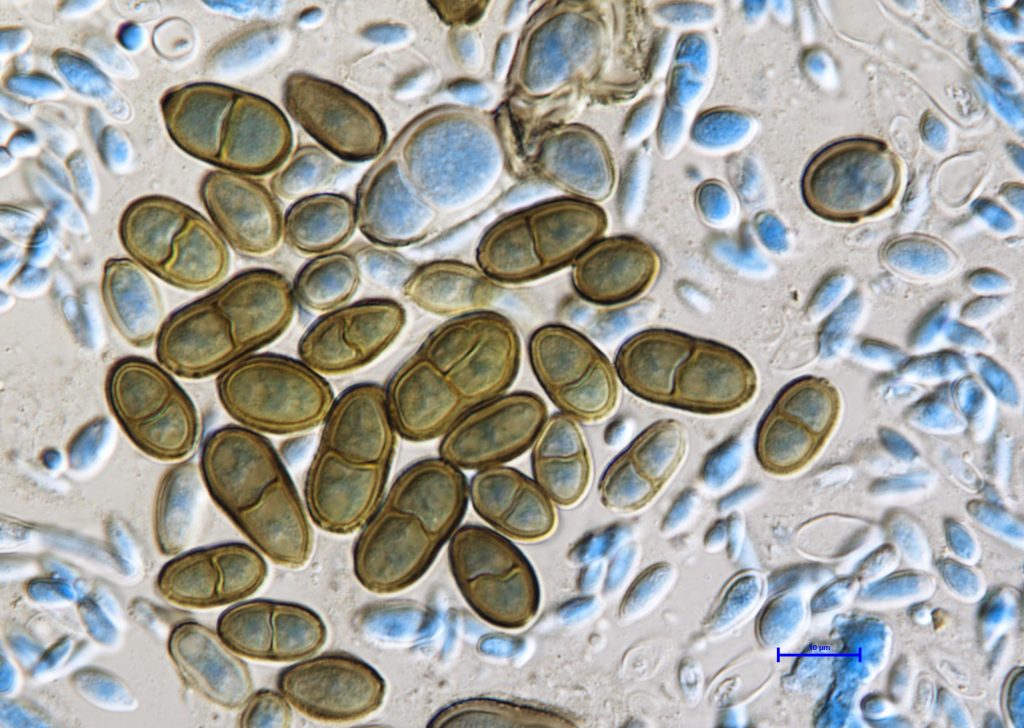
July 26, 2024


The International Day of Women and Girls in Science is celebrated on 11 February, and it is implemented by UNESCO and UN-Women. The aim of this day is to promote women and girls in science, and it is an opportunity to promote full and equal access to and participation in science for women and girls.
At the InnoRenew CoE, we are committed to having diversity in our research staff, including gender equality. In the science department, it is 35 % female, with five women researchers and seven assistant researchers, two of whom are currently finishing their PhD.
For the International Day of Women and Girls in Science, we gathered a few statements from the InnoRenew CoE female scientists.
Dr Anna Sandak (research group leader of Wood Modification): “I agree with Marie Sklodowska Curie who said, ‘I am among those who think that science has great beauty’.”
Barbara Rovere (assistant researcher and PhD student): “I am deeply curious about phenomena in the sphere of business and economy and want to contribute to the body of knowledge that allows us to better understand this field and how we can manage it to promote societal progress and well-being. My female role models in science are my colleagues Dr Andreja Kutnar and Dr Anna Sandak. I admire their dedication, passion and commitment to scientific excellence.”
Vesna Starman (assistant researcher): “I think it is important to have both genders in the research field since, in this way, we cover all aspects and views of the research situation or question. My role model is (I know, common) Marie Sklodowska Curie because she knew how to establish herself at the time when women were not ‘seen and heard’ and, despite the passionate research path, she knew how to take time for family.”
Dr Ana Slavec (consulting statistician): “As a statistician, my inspiration is Florence Nightingale, who in the 19th century was the founder of modern hospital care and a pioneer in the field of graphical presentation of data. Not only because I like her surname (in Slovenian, Slavec means a nightingale), but mainly because she tried to present the data in a way that is as understandable to those who are not accustomed to reading statistical reports.”